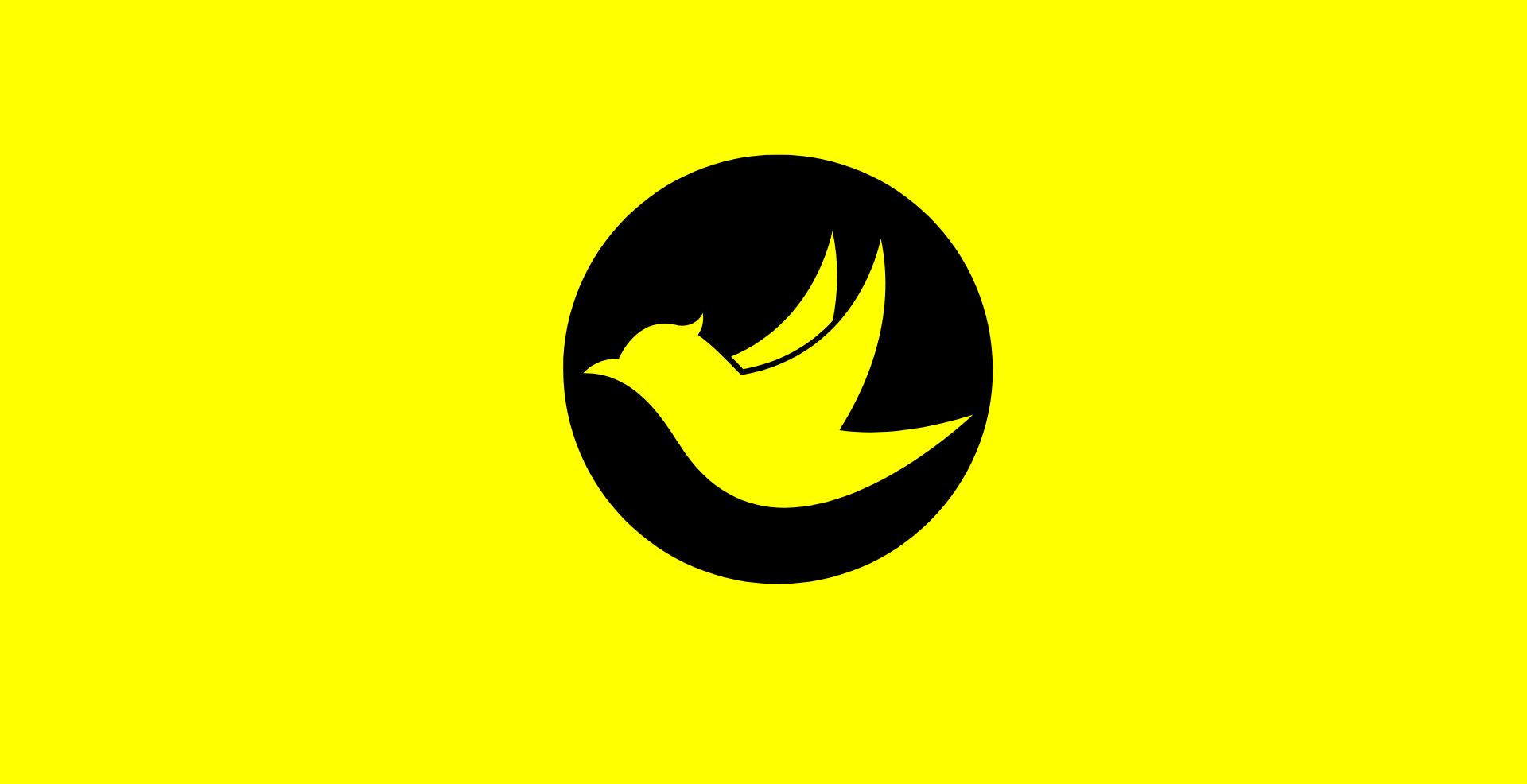
The Ultimate Guide to Twitter Content Writing

Introduction
Twitter is a powerful platform for sharing concise and impactful messages. With over 330 million monthly active users, it’s a great place to engage with your audience, build your brand, and drive traffic to your website. This guide will walk you through the process of creating effective Twitter content step-by-step.
Understand Your Audience
Before you start writing tweets, it’s crucial to understand who your audience is. Knowing their interests, preferences, and behaviors will help you create content that resonates with them.
Key Actions:
- Analyze Demographics: Use Twitter Analytics to understand your followers’ demographics.
- Engage with Followers: Read comments, replies, and direct messages to gain insights into your audience’s interests.
- Survey Your Audience: Conduct polls or surveys to gather direct feedback.
Define Your Goals
Determine what you want to achieve with your Twitter content. Your goals will guide your content strategy and help measure success.
Common Goals:
- Increase brand awareness
- Drive website traffic
- Generate leads or sales
- Engage with your audience
- Provide customer support
Crafting Your Tweets
Keep It Concise
Twitter has a 280-character limit, so brevity is key. Make every word count.
Use a Strong Hook
Start with a compelling hook to grab attention. This could be a question, a bold statement, or an interesting fact.
Include Hashtags
Use relevant hashtags to increase the visibility of your tweets. Don’t overdo it; 1-2 hashtags per tweet are optimal.
Add Visuals
Tweets with images, GIFs, or videos tend to get more engagement. Make sure your visuals are high quality and relevant to your message.
Include a Call-to-Action (CTA)
Encourage your audience to take action by including a clear CTA. This could be asking them to visit your website, retweet, or comment.
Use Emojis Sparingly
Emojis can make your tweets more engaging and expressive, but don’t overuse them. Ensure they are relevant to the content.
Scheduling and Consistency
Consistency is key to building a strong presence on Twitter. Create a content calendar to plan and schedule your tweets in advance.
Tools for Scheduling:
- Hootsuite
- Buffer
- TweetDeck
Tips for Consistency:
- Post at optimal times when your audience is most active.
- Maintain a regular posting schedule (e.g., 3-5 times a day).
- Mix up your content types (e.g., text, images, videos, polls).
Engage with Your Audience
Twitter is a two-way street. Engage with your followers by responding to comments, retweeting user-generated content, and participating in relevant conversations.
Engagement Tips:
- Reply Promptly: Respond to mentions and direct messages quickly.
- Retweet and Like: Show appreciation for your followers’ content by retweeting and liking their tweets.
- Ask Questions: Encourage interaction by asking questions and starting discussions.
Analyze and Optimize
Regularly analyze your Twitter performance to understand what’s working and what’s not. Use this data to optimize your content strategy.
Metrics to Track:
- Engagement Rate: Likes, retweets, replies, and clicks.
- Impressions: Number of times your tweet was seen.
- Follower Growth: Increase or decrease in followers over time.
- Link Clicks: Number of clicks on links in your tweets.
Tools for Analysis:
- Twitter Analytics
- Google Analytics (for tracking website traffic from Twitter)
- Third-Party Tools: Such as Sprout Social or SocialBee.
Conclusion
Writing effective Twitter content requires understanding your audience, setting clear goals, and crafting concise, engaging tweets. By following these steps and regularly analyzing your performance, you can build a strong Twitter presence that drives engagement and achieves your objectives.
Example Script for a Website Post
Introduction: Twitter is a dynamic platform that allows brands to connect with their audience in real time. With its fast-paced nature and character limit, crafting compelling tweets can be challenging. This guide will take you through the essential steps to master Twitter content writing.
Understand Your Audience Before you start tweeting, it’s essential to know who your audience is. Use Twitter Analytics to gather demographic data and understand your followers’ interests.
Define Your Goals What do you want to achieve with your Twitter presence? Whether it’s increasing brand awareness or driving traffic to your website, having clear goals will shape your content strategy.
Crafting Your Tweets
- Keep It Concise: Make every character count.
- Use a Strong Hook: Grab attention with a compelling opening.
- Include Hashtags: Use relevant hashtags to increase visibility.
- Add Visuals: Enhance your tweets with images, GIFs, or videos.
- Include a CTA: Encourage your audience to take action.
- Use Emojis Sparingly: Add personality but don’t overdo it.
Scheduling and Consistency Consistency is crucial. Use tools like Hootsuite or Buffer to schedule your tweets and maintain a regular posting schedule.
Analyze and Optimize Regularly review your Twitter analytics to see what’s working. Track metrics like engagement rate, impressions, and follower growth to refine your strategy.
Conclusion: By understanding your audience, setting clear goals, and crafting engaging tweets, you can build a strong Twitter presence. Follow these steps and continuously optimize your strategy for success.
Share Now:
Subscribe To Our Newsletter
Recent Posts


Drawbacks of Using Twitter as a Marketing Tool
22 September 2024

How Businesses Use Twitter to Promote
22 September 2024

How Businesses Use Twitter to Promote
22 September 2024

The Ultimate Guide to the Best Twitter Marketing Tools
22 September 2024

The Ultimate Guide to Twitter Content Writing
22 September 2024

